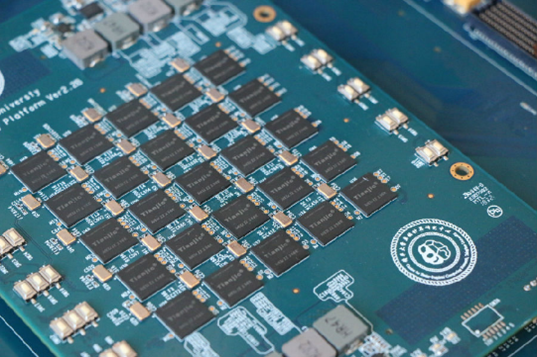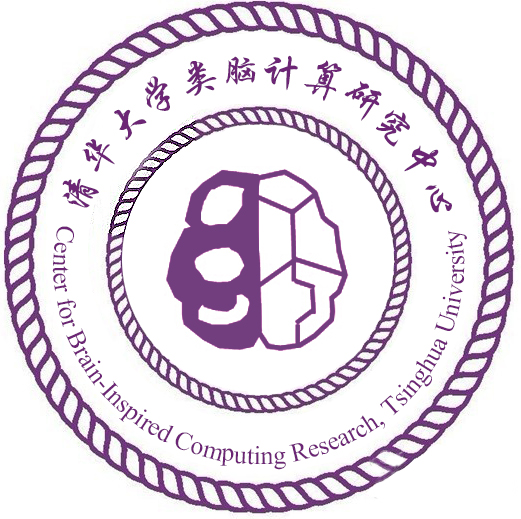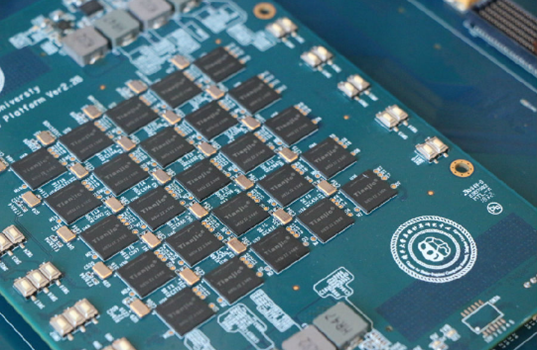On February 27th, 2020, the High Tech Research and Development Center (Administrative Center for Basic Research) of the Ministry of Science and Technology announced China’s Top 10 scientific advances of 2019. The architecture of a hybrid-paradigm Tianjic chip towards AGI, developed by a team led by Professor Shi Luping from the Center for Brain-Inspired Computing Research of Tsinghua University, was achieved the great share of the votes.
The top 10 scientific advances competition is organized by the High Tech Research and Development Center (Administrative Center for Basic Research) of the Ministry of Science and Technology. This is the ministry’s 15th annual competition. It aims to publicize China’s important breakthroughs in scientific research, to highlight the passion of scientists and the important contribution of workers in the sciences, to popularize research science, to promote the public’s understanding of and investment in science, and to support research and create a positive environment for developing science throughout society.
The selection process for China’s Top 10 scientific advances consists of three sections, i.e., recommendation, primary selection, and final selection. In 2019, a total of 320 research projects whose results were officially published from December 1st, 2018 to November 30th, 2019 were recommended by five editorial departments; namely, China Basic Science, the Science and Technology Review, the Bulletin of Chinese Academy of Sciences, the Bulletin of National Natural Science Foundation of China, and the Chinese Science Bulletin.
In December 2019, the High Tech Research and Development Center (Administrative Center for Basic Research) of the Ministry of Science and Technology organized an annual conference for the primary selection procedure, where the scientific breakthroughs were divided into four subject groups according to their subject distributions, including Mathematics and Astronomy Science, Chemistry and Material Science, Earth and Environmental Science, and Life and Medical Science. Experts were invited to vote for the 30 breakthroughs that should enter the final round. The Ministry of Science and Technology had invited more than 2,600 experts drawn from the Chinese Academy of Sciences, the Chinese Academy of Engineering, the deans of key national laboratories, partial experts from key national research project expert groups, and the principles of related projects and other academic departments to vote online to select the top ten from the final 30 candidates.
Towards artificial general intelligence with hybrid Tianjic chip architecture
There are two general approaches to developing artificial general intelligence (AGI): computer-science-oriented and neuroscience-oriented. Because of the fundamental differences in their formulations and coding schemes, these two approaches rely on distinct and incompatible platforms, retarding the development of AGI. A general platform that could support the prevailing computer-science-based artificial neural networks as well as neuroscience-inspired models and algorithms is highly desirable. Professor Shi Luping’s team proposed an architecture called the Tianjic chip, which integrates the two approaches to provide a hybrid, synergistic platform. The Tianjic chip adopts a many-core architecture, reconfigurable building blocks and a streamlined dataflow with hybrid coding schemes, and can not only accommodate computer-science-based machine-learning algorithms, but also easily implement brain-inspired circuits and several coding schemes. Using just one chip, the researcher demonstrates the simultaneous processing of versatile algorithms and models in an unmanned bicycle system, realizing real-time object detection, tracking, voice control, obstacle avoidance and balance control. This study is expected to stimulate AGI development by paving the way for more generalized hardware platforms.

Hybrid-paradigm Tianjic chip
(Source: Ministry of Science and Technology of the People’s Republic of China)


